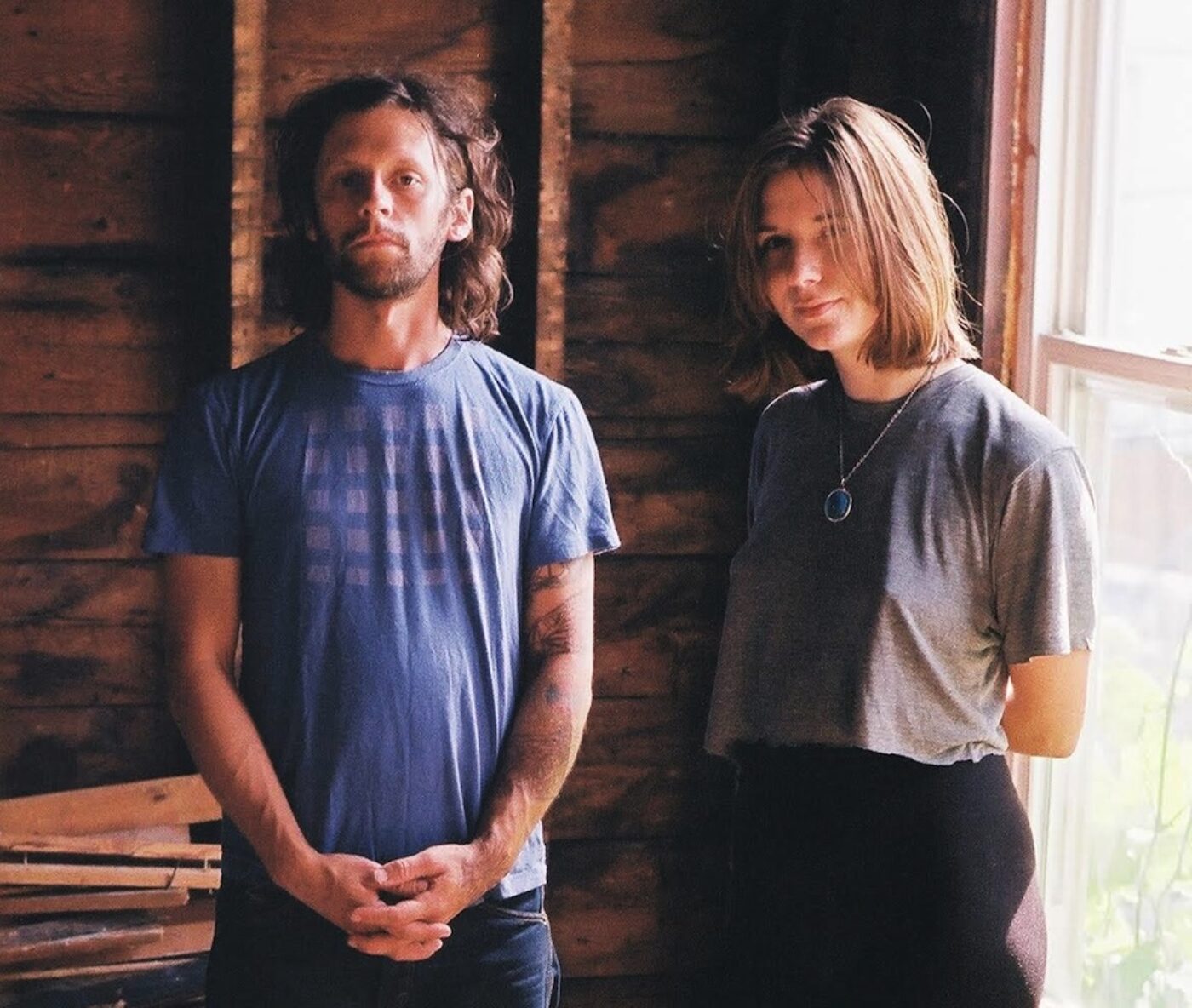
Forty-eight participants (22 females, mean age = 33.2) played the MG with the same gender-matched expert players. Thus, we explored the application of the MG as a tool for assessing the embodiment of attachment in adulthood. This study joins this effort by reporting on the identification of scale items to describe the non-verbal behavior expressed during the MG and its correlation to measures of attachment. In spite of the wide use of the MG by practitioners, it is only recently that scientists begun to use the MG in research, examining its correlates, validity, and reliability. It is used to promote participants’ ability to enter and remain in a state of togetherness. The Mirror Game (MG) is a common exercise in dance/movement therapy and drama therapy.


6Arison School of Business, Interdisciplinary Center (IDC), Herzliya, Israel.5School of Social Work, University of Haifa, Haifa, Israel.4The Bob Shapell School of Social Work, Tel Aviv University, Tel Aviv, Israel.3School of Engineering and Applied Sciences, Harvard University, Cambridge, MA, United States.



 0 kommentar(er)
0 kommentar(er)
